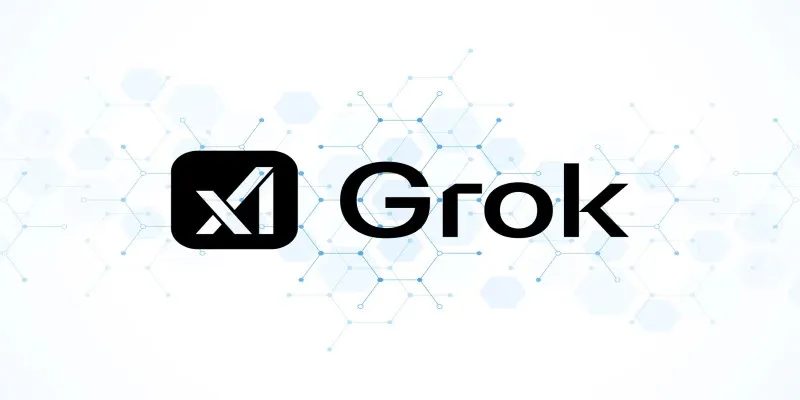The discipline of prompt engineering proves essential when users need to work with artificial intelligence systems, including the large language models (LLMs) ChatGPT, Claude, and Google Bard. Users achieve accurate, relevant, context-driven outputs from AI through the creation of specific, well-organized prompt inputs. The successful execution of prompt optimization requires intensive knowledge about AI behavior responses to prompts and well-honed techniques for obtaining optimal outputs.
This article demonstrates twelve vital prompt engineering techniques that enable users to maximize the capabilities of AI tools while working on content generation and problem resolution operations.
Why Prompt Engineering Matters

AI generative tools generate superior results based on the quality which users provide as prompts. Definitions that are unclear within prompts will yield both incorrect and irrelevant outcomes from AI systems, while well-designed prompts enable streamlined communication between users and produce superior outcomes. Professional prompt engineering represents the essential method for accessing the maximum performance of AI systems when creating content or implementing code analysis or data investigation tasks.
This set of twelve best practices provides concrete methods to produce productive prompts that enhance AI system performance regarding accuracy, relevance, and operational speed.
1. Understand the Desired Outcome
Write your prompt only after establishing the specific task the AI will execute. Your prompt performance directly correlates to your goals because clearly defined objectives help guide the input text toward meeting your expectations.
A recommended step involves recording the specific goal before building a prompt to minimize meaning confusion.
2. Provide Context
Computer models achieve superior results by receiving adequate information about the background scope. Providing context allows the model to develop its point of view while making sure the responses match what you need.
For example:
- “You are a nutritionist. You should present an in-depth examination of this diet program.”
- Add necessary contextual specifics, including character roles together with scenario conditions or viewpoint descriptions within your written instructions.
3. Make Clear and Specific Requests
Ambiguity leads to poor results. Your instructions need to be clear to the model, so make each requirement explicit. For instance:
- Present a list containing three advantages of renewable energy through bullet points.
- Direct instructions should replace vague expressions when you wish to guide an AI system.
4. Define Prompt Length
The quantity of information in your prompt determines how accurately the model will answer your request. Short prompts do not provide enough detail, yet very long prompts lead the model to become confused.
Only include the vital information points that will help the AI perform its task effectively. Terminals help you find suitable prompt lengths by trying various options until the best solution appears.
5. Split Up Complex Tasks
Break complicated multi-step requests and complex questions into separate chunks for better results. The AI process begins by analyzing single components, after which it creates a unified final output.
The request to summarize the report should come first, followed by a suggestion for improvement.
6. Choose Words with Care
Your selected words during prompt construction determine both the response tone and its level of accuracy. You must choose action-directed verbs such as generating, providing, or analyzing so your expectations become clear to the system.
Make sure to omit slang and metaphors because they may create confusion for the model.
7. Pose Open-Ended Questions or Requests
Open-ended promotional items enable participants to express their ideas in innovative ways. For example:
- The article explores fresh methods to decrease carbon emissions.
- Open-ended questions excel at gathering various ideas and insights from your AI model.
8. Include Examples
The addition of representative samples to your input directs AI models toward meeting your preferred writing format, together with style requirements. For instance:
- This sentence needs translation to French, where it states: ‘I love learning new languages.’ The following English phrase becomes ‘J’aime voyager’ in the final output when the sentence undergoes translation to French.
- The examples should both maintain their connection to the task as well as remain simple enough for the model to understand.
9. Determine Precise Goals for Output Length
The response detail level should be defined through a specified length constraint. For example:
- Quantum computing requires three brief statements for an explanation.
- The instructions should state a description of brevity or detail through language elements like “briefly describe” or “provide detailed explanation.”
10. Avoid Conflicting Terms and Ambiguity
Multiple contradictory requests create confusion in AI systems, which subsequently leads them to generate poor output results. Make sure your instructions contain clear language without any opposing or unclear statements.
Please normalize verbalization when writing because briefness and complete information delivery should not exist in the same instruction. The instruction must specify whether briefness takes priority above completeness in the writing.
11. Add Appropriate Punctuation to Complex Instructions
The correct use of punctuation systematizes complicated requests so that AI processing systems can accurately interpret the information. For example:
- “Analyze this data set: [data]. Then summarize key trends.”
- Place punctuation marks such as colons and semicolons to discriminate between subtasks in each directive.
12. Iterate and Refine Prompts
An iterative process called prompt engineering requires repeated tests during development cycles until you reach peak performance levels. You should evaluate the AI system output to modify your prompts according to the evaluation results.
Workflow for Refining Prompts:

- Create your first draft from the main goal statement.
- Test it using an AI tool.
- Check whether the produced content reaches the established expectations.
- You should modify either the words or the length or both, with additional adjustments to the structure when needed.
- Repeat until satisfied with results.
Successful prompts should be documented for use as reusable templates.
Why These Best Practices Are Essential
Following these best practices will enable users to achieve the following benefits:
- The removal of ambiguous language will enhance accuracy levels in system responses.
- The method shortens the time required to eliminate unsuccessful interaction procedures.
- The method of open-ended exploration supports creativity development.
- A structured approach to task prompts enables users to maintain uniformity over assignments.
Users who work as developers and occasional tool experimenters using generative AI can boost their LLM interactions through the mastery of these techniques.
Challenges in Prompt Engineering
The practice of prompt engineering presents two main challenges to users alongside its known advantages:
- Good prompt writing fails to guarantee the best possible output from models when such models operate without adequate training data corresponding to their needs.
- The use of overly detailed instructions through prompt engineering restricts creative responses from the LLM.
- The process of refining prompts through iterations demands both time and endurance to reach outstanding results.
Challenges can be managed through the combined use of specific and loose directions and effective workflows.
Conclusion
Users achieve optimum performance from ChatGPT and Claude 3 through the art and scientific practice called prompt engineering. The combination of twelve established best practices enables users to generate precise, relevant, creative responses that match their specifications through processes of providing context alongside iterative prompt refinement. Knowledge of prompt engineering will remain essential for users who want to effectively use generative artificial intelligence across healthcare, education, and e-commerce applications. Practicing these techniques provides new and experienced AI users with an ideal foundation for developing their ability to design productive AI inquiries.
 zfn9
zfn9























